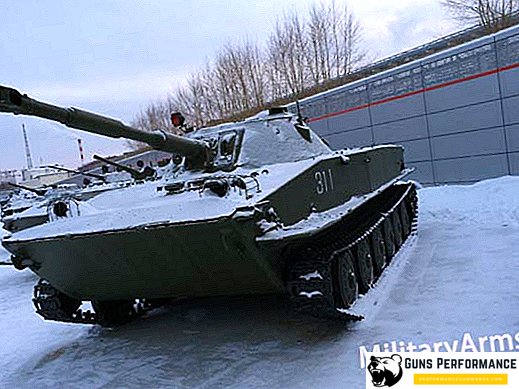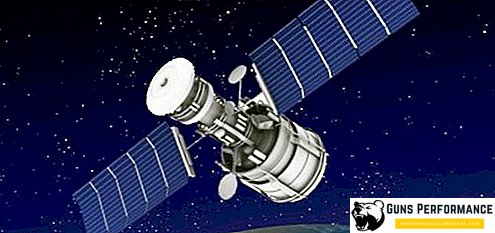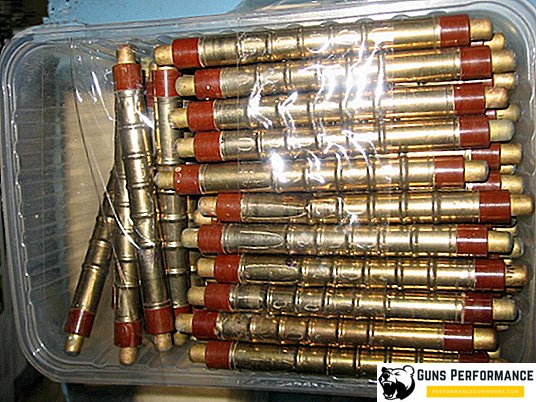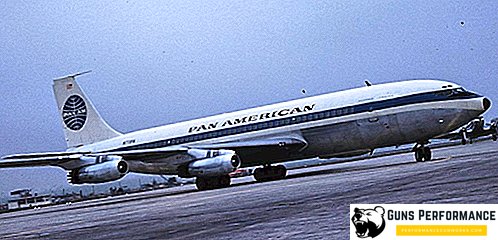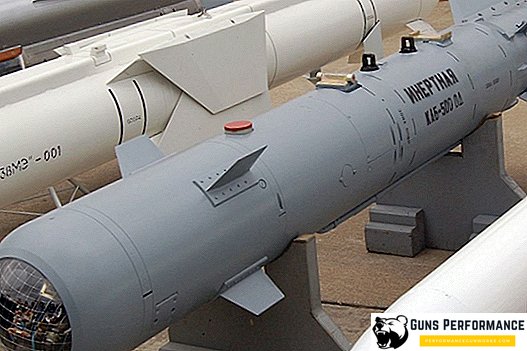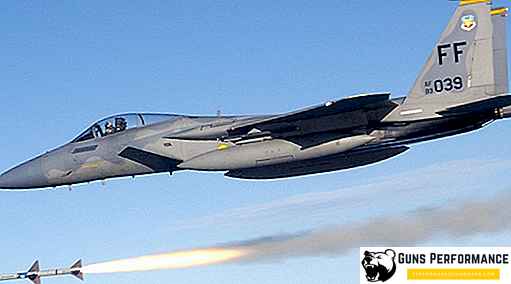Russia is one of the world leaders in the development of multiple launch rocket systems (MLRS). The first such system, the BM-13 Katyusha, was created in the USSR on the eve of the Second World War. Much attention was paid to reactive artillery in the postwar period. In 1964, the BM-21 Grad jet system, which is still considered one of the best in the world, was launched into mass production. The USSR had the most powerful and most long-range Smerch volley fire systems.
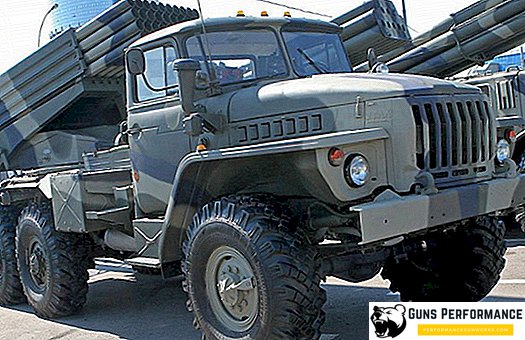
However, the competition has been and remains great: such weapons are actively being developed in many countries of the world. Among the leaders can be called Israel, the United States and China. The volley fire systems created in the Soviet period no longer meet modern standards either in range, or in accuracy of fire, or in mobility.
In recent years, many materials have appeared on the new Russian Tornado salvo system, which in the coming years should replace the outdated Grad and Smerch MLRS. There are enough inaccuracies in these materials, the authors call absolutely fantastic characteristics, MLRS "Tornado" is often confused with another promising Russian bikaliber system - "Hurricane-1M". In addition, the Tornado is a secret novelty for the time being, and there is still little information about it, which adds even more confusion.
Let's start with the fact that the "Tornado" is not one salvo fire system, but just two MLRS: the Tornado-G 122 mm caliber and the Tornado-S 300 mm caliber. As it is easy to guess, the letters "G" and "C" in the names denote the settings "Grad" and "Tornado". In fact, we are dealing with attempts to modernize two Soviet MLRS.
At the moment, much more is known about the Tornado-G system, which is a modernization of Grada.
"Tornado-G"
The development of Tornado-G began at the Tula State Research and Production Association Splav in the mid-1990s. The designers, in fact, were engaged in the modernization of the Grad MLRS. The new system was first shown to the public in 1998. But only in 2011 an order was made for 36 installations of the Tornado-G. He remained on paper, because at that time the Tornado-G was not yet adopted.

In 2012, the command of the Southern Military District announced that the Tornado-G had already been put into service, the first batch of 20 vehicles would be supplied to the troops. It is known that in the same year the first combat vehicles entered service with the 20th motorized rifle brigade (Volgograd). Only in 2013, the MLRS "Tornado-G" was officially adopted for service.
The Tornado-G system includes modernized combat vehicles, 122-mm rocket projectiles and the Kapustnik-BM automated fire control system. The combat vehicle received a remote control system that allows directing guides with missiles, without leaving the cab. Manual override is carried out only in exceptional cases.
MLRS "Tornado-G" has forty tubular guides of 122 mm caliber.
The new MSA allows us not to conduct topographic and geodetic training, the position of the guide pack and the route of the complex are displayed on the monitor in the cockpit. Also on each combat vehicle installed satellite navigation system.
The designers managed to significantly improve the combat characteristics of the system: the crew was reduced by one person (to two), the deployment time for prepared and unprepared positions decreased, and the accuracy of shooting increased.

In addition, the nomenclature of missiles, which can be used by the new MLRS, was expanded. Tornado-G can fire with all types of ammunition suitable for the Grad system. Today, four new types of ammunition designed specifically for the Tornado-G are known for sure. These are two missiles with cluster warheads and two types with high-explosive fragmentation warheads. Their maximum range does not exceed forty kilometers.
The most controversial is the information that the firing range of the new Tornado-G system has been increased to 100 km. Some authors argue that it was possible to achieve such characteristics due to the use of more efficient composite fuel in new missiles. It seems doubtful that it was only at the expense of the fuel that the range was increased by 2.5 (!!!) times. Moreover, there is no point in shooting unguided projectiles at such distances: because of the dispersal of ammunition, you simply cannot hit the target.
The fighting machine is made on the chassis of the Ural-4320 automobile of the increased passability The salvo time is twenty seconds, in half a minute the system is transferred to the combat position.

"Tornado-S"
At the beginning of 2014, the press service of the Western Military District stated that forty Tornado-G and Tornado-S MRLS artillery units would come into service. According to the military, this will significantly increase the combat capabilities of the troops.
The report also said that the volley fire system can fire at a distance of up to 120 km and cover more than 65 hectares with one volley.
For a long time, the MLRS Smerch was the most powerful salvo system in the world. Its power was even considered excessive. So that the missiles at such a distance could hit the target, they were made manageable. Missiles are equipped with gas-dynamic control surfaces, which adjust their flight.
Today, there are already MLRSs in the world that are superior to the Tornado in terms of accuracy and range. For example, the Israeli system Lynx, which can fire 300-mm rocket projectiles over a distance of 150 km. Another of its advantages is a more advanced missile guidance system: the Israeli MLRS, it is produced by the satellite signal.

The Chinese WS-2D MLRS can send 425-mm rocket projectiles over a distance of 200 km.
MLRS "Tornado-S" - is the modernization of the Soviet complex "Smerch". Probably, this system has not yet been adopted by the Russian army. Its developer is also GNPP "Splav". In November 2012, there were reports that Tornado-S was only undergoing state tests.
In 2012, the official representative of the Ministry of Defense of the Russian Federation announced that the new Russian MLRS will be equipped with new automation and the GLONASS signal receiving system. Obviously, we are talking about installing a new fire control system and the use of satellite guidance for missiles. It was also said that the "Tornado-S" will have a firing range of up to 200 km. In addition, it was argued that the new system will be able to leave the firing position before the missiles hit the target. The Tornado-S range of ammunition will likely be expanded.




